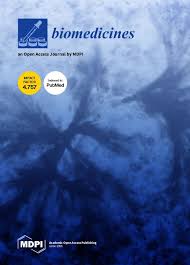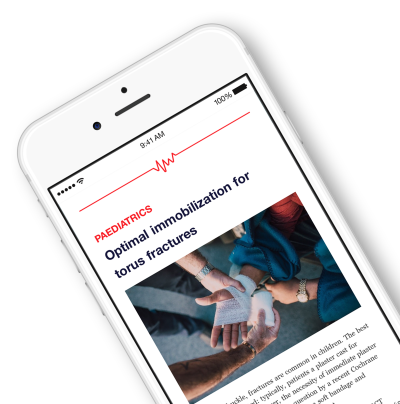
Non-Invasive Radiofrequency Diathermy Neuromodulation + Exercise for Patellofemoral Pain Syndrome .
Non-Invasive Radiofrequency Diathermy Neuromodulation Added to Supervised Therapeutic Exercise in Patellofemoral Pain Syndrome: A Single Blind Randomized Controlled Trial with Six Months of Follow-Up.
Biomedicines . 2024 Apr 11;12(4):850.Eighty-six patients with patellofemoral pain syndrome were randomized to receive either supervised therapeutic exercise (n=43) or a combination of radiofrequency diathermy with supervised therapeutic exercise (n=43). The primary outcome of interest was knee pain intensity, while secondary outcomes included knee function (measured by the Kujala and LEFS scores), range of knee motion, and overall quality of life. Outcomes were assessed at baseline, after the final treatment session, and at six months. Overall, results indicated that the group receiving RFD alongside TE showed significantly greater improvements in pain and function scores compared to the TE-only group. These findings suggest that adding RFD to therapeutic exercises enhances the effectiveness of exercise alone in managing patellofemoral pain, with benefits sustained over six months.
Unlock the Full ACE Report
You have access to 4 more FREE articles this month.
Click below to unlock and view this ACE Reports
Unlock Now
Critical appraisals of the latest, high-impact randomized controlled trials and systematic reviews in orthopaedics
Access to OrthoEvidence podcast content, including collaborations with the Journal of Bone and Joint Surgery, interviews with internationally recognized surgeons, and roundtable discussions on orthopaedic news and topics
Subscription to The Pulse, a twice-weekly evidence-based newsletter designed to help you make better clinical decisions
Exclusive access to original content articles, including in-house systematic reviews, and articles on health research methods and hot orthopaedic topics
































































